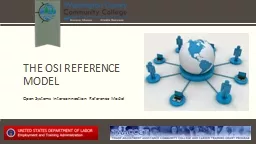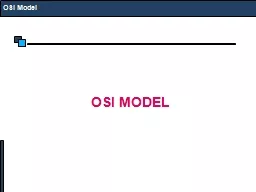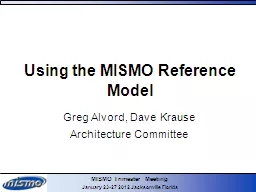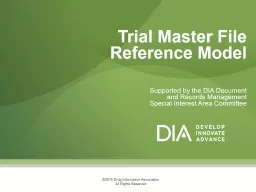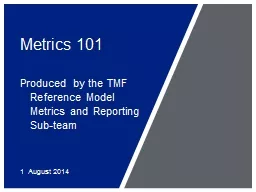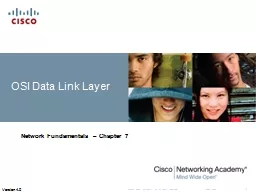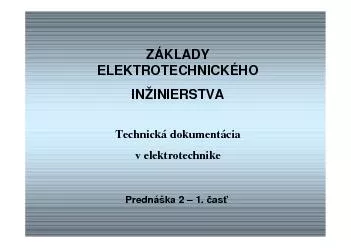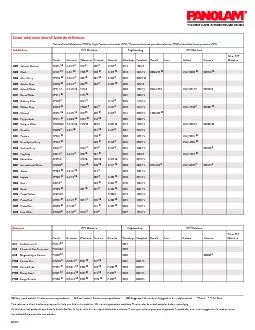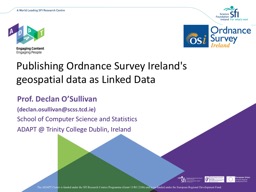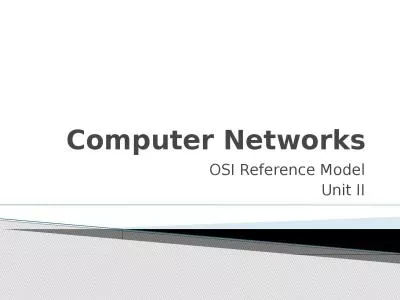PPT-The OSI Reference Model
Author : yoshiko-marsland | Published Date : 2017-12-21
Open Systems Interconnection Reference Model Agenda Define OSI Model Explain why it is important Review each of 7 levels Definition Examples OSI Packaging Review
Presentation Embed Code
Download Presentation
Download Presentation The PPT/PDF document "The OSI Reference Model" is the property of its rightful owner. Permission is granted to download and print the materials on this website for personal, non-commercial use only, and to display it on your personal computer provided you do not modify the materials and that you retain all copyright notices contained in the materials. By downloading content from our website, you accept the terms of this agreement.
The OSI Reference Model: Transcript
Download Rules Of Document
"The OSI Reference Model"The content belongs to its owner. You may download and print it for personal use, without modification, and keep all copyright notices. By downloading, you agree to these terms.
Related Documents

